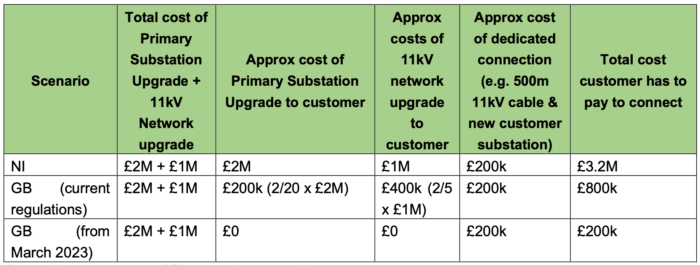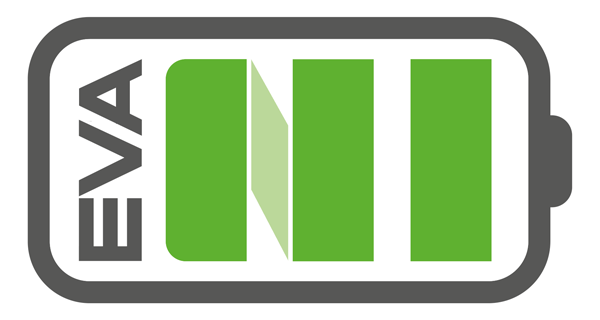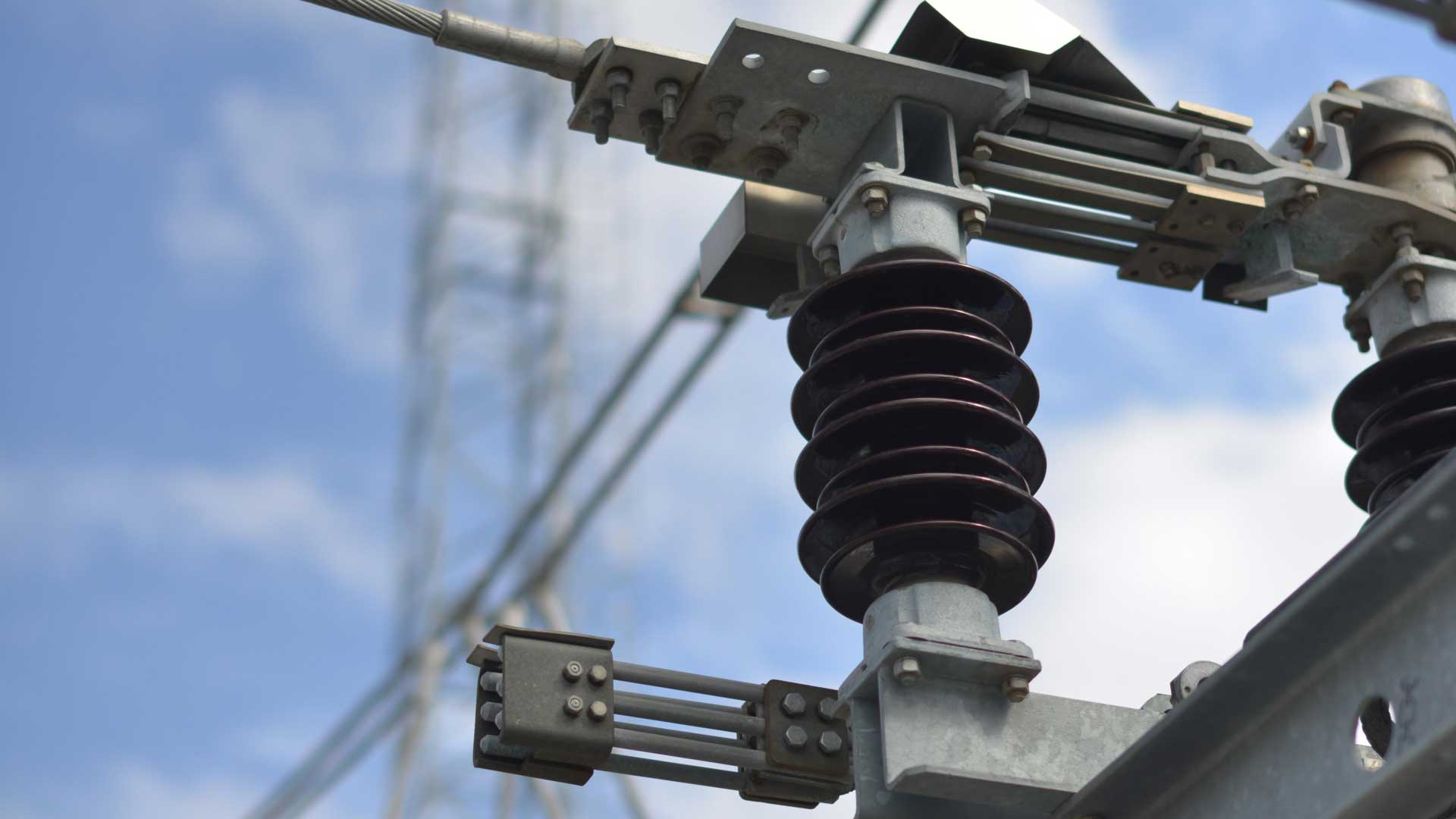Back in July we took part in episode 7 of The Grid Podcast from eSmart Networks (watch it below) discussing EV charging infrastructure in Northern Ireland, with a particular focus on grid related challenges.
Deep Charging
Today we are pleased to announce the publication of a paper, written by eSmart Networks on behalf of EVANI, exploring this topic in more detail. You can read and download the full document here –
RIGHT CLICK TO DOWNLOAD: A Summary Review of Grid Connection Challenges and Underlying Network Regulation
The Deep Charging Regime employed here means the customer is required to cover the costs of the dedicated asset and all of the cost to reinforce the network at their connecting voltage plus one voltage level above. eSmart’s example below shows the approximate difference in cost to connect a 2MVA EV charging hub in GB (12-24 350kW chargers), compared with NI.

A powerful illustration of the problem, showing that while it would cost around £3.2 million for this grid connection in Northern Ireland, the price would be more like £900K in GB, just 28% of the bill here. The difference will become even more extreme once the new Ofgem regulations come into force in March next year, when the GB price would drop to £200K, just 6% of the NI cost.
It’s not hard to see why Charge Point Operators are up in arms here and why we still have not seen a single rapid charging hub open in Northern Ireland yet.
First Mover Disadvantage
This has led to the situation where the first company to pay for a connection will potentially enable their competitors to step in afterwards, exploiting the location without having to pay anything for grid strengthening. This effectively creates a first mover disadvantage, which can leave CPOs waiting for each other to ‘go first’.
Other barriers exist too, as the DNO here often calls for 999 year leases for new substation sites, a practice that CPOs tell us is unheard of in GB.
DfE Minister Meeting
Our DNO, NIE Networks, calculates pricing from the terms set out by the Utility Regulator, which in turn are derived from DfE policy.
We discussed the contents of this paper with the Department for the Economy Minister, Gordon Lyons, when we met with him on 30th August.

We pointed out that this fundamental Connection Pricing Policy issue is not mentioned anywhere in the 2021 Energy Strategy or the 2022 Action Plan. While we’re told that it will most likely appear in a subsequent years action plan, it seems extraordinary that it was not deemed important enough to have been included anywhere in the main Energy Strategy document.
The £950m RCF (Rapid Charging Fund) is to be used to strengthen the grid for EV charge points in England. One of its first aims is to have at least 6 high-powered chargers (150-350 kW) at motorway service areas in England by next year. It is unclear if there’s a Barnett Consequential for this funding (it would be over £26 million if it did). NI must ring fence any such money so it goes to strengthening the grid here too.
[UPDATE] We received the following reply from the Minister’s office on 08/09/22 – “Whilst project rapid is an England only project, there is a non ringfenced Barnett consequential for the NI Executive.”
The current pricing not only affects the EV charging roll-out, it is also a huge barrier to the electrification of heating, the installation of renewables (NI 80% target by 2030) as well as general business expansion, tourism and many other sectors across Northern Ireland.
Timeline
eSmart point out that 54% of substations here have 3-5MVA capacity or less.
This high-level analysis therefore illustrates a relatively bleak picture in comparison to networks in GB. We would also note that network capacity issues typically do not have ‘quick fixes’ with typical timescales to upgrade distribution substations ranging from 2-5 years. We note that the capacity issues facing many of these substations are also more significant than a single localised constraint, where even if the local substation were to be upgraded, the capacity would not be available without further upstream reinforcement. These timescales are likely to prove extremely challenging as we approach the end of 2022, facing a ban on the sale of new combustion engine vehicles by 2030.
The papers lays out the indicative timeline below for the work that’s required to make the changes;
- Year 1: UREGNI consultation and implementation (to include relevant licence changes etc. Note that Ofgem began this process in GB in 2018 and issued a decision in 2022, therefore a fast-follower approach would be required to compress this to 1 year, through adoption of much of the good work already completed by Ofgem)
- Year 2: Industry stakeholder development of implementation plan and relevant policies
- Year 3: Connection Offers begin to be issued under the new regime
- Year 4: First EV hub connected under new regime
- Years 4-9: Network upgrade works to enable widespread EV charging infrastructure roll-out, in parallel with roll-out in areas with capacity
The document highlights that even these distant target dates are only obtainable if the powers that be “act now on key policy and regulatory decisions”.
The Minister told us he is currently waiting to see the the Utility Regulator’s consultation, which is due before the end of this year.
Just Transition?
Current policy also continues to favour those with their own driveway, over others who have to rely on the public charging infrastructure.
Outdated policy will obstruct local targets that will come from Northern Ireland’s Climate Change Act, as well as the UK’s 2030 statutory deadlines on the sale of ICE vehicles (88 months away at the time of writing).
Summary
As we move towards a low carbon, more sustainable future, our current regulations are simply not keeping up. As usual the analysis of the issues here creates more questions than answers.
- Who ultimately is in charge of fixing these policy issues?
- What chance does NI PLC have to compete, with grid connection pricing so far out of step with the rest of the UK.
- When will the ‘Fast Follow’ regime bring NI into line with GB’s connection pricing?
- Where will the funding come from to strengthen the grid here?
- Why is Northern Ireland once again so far behind on policy?
Many thanks to eSmart Networks for their expertise and resources employed in producing this analysis on behalf of the EV Association NI. For more information, visit their BLOG and watch their podcast ‘State of Charging in Northern Ireland’ below…


No responses yet